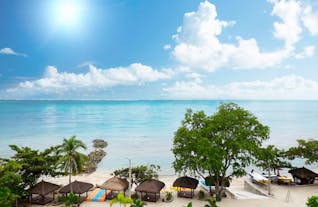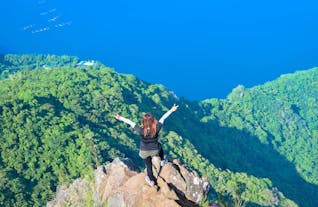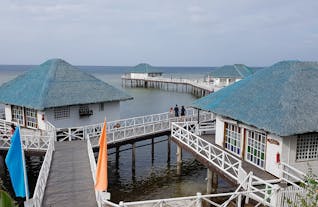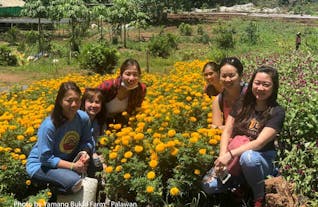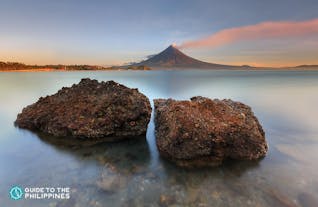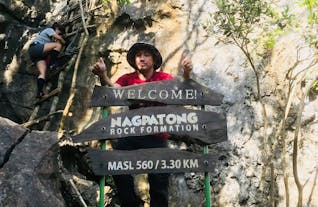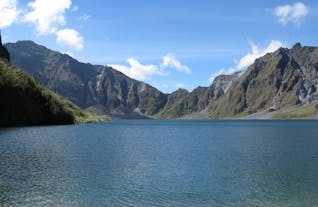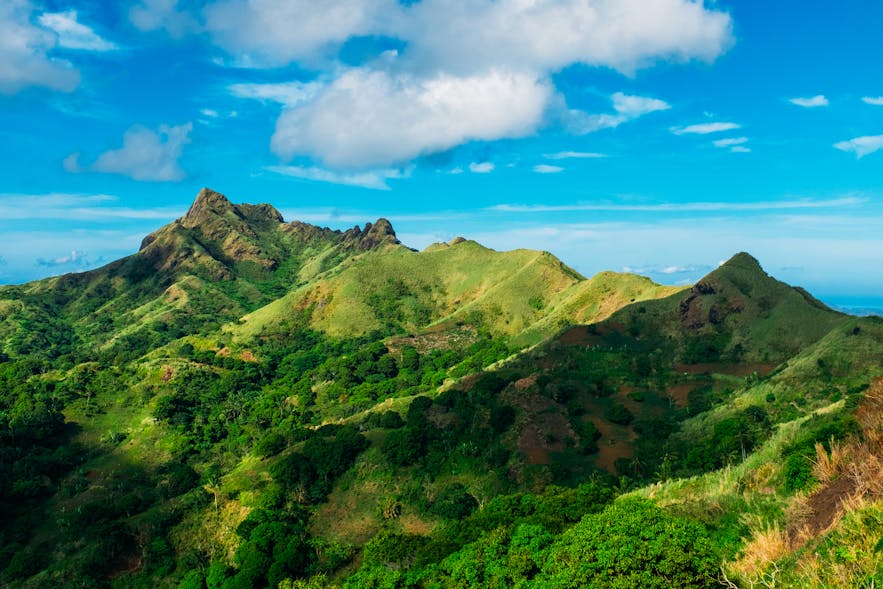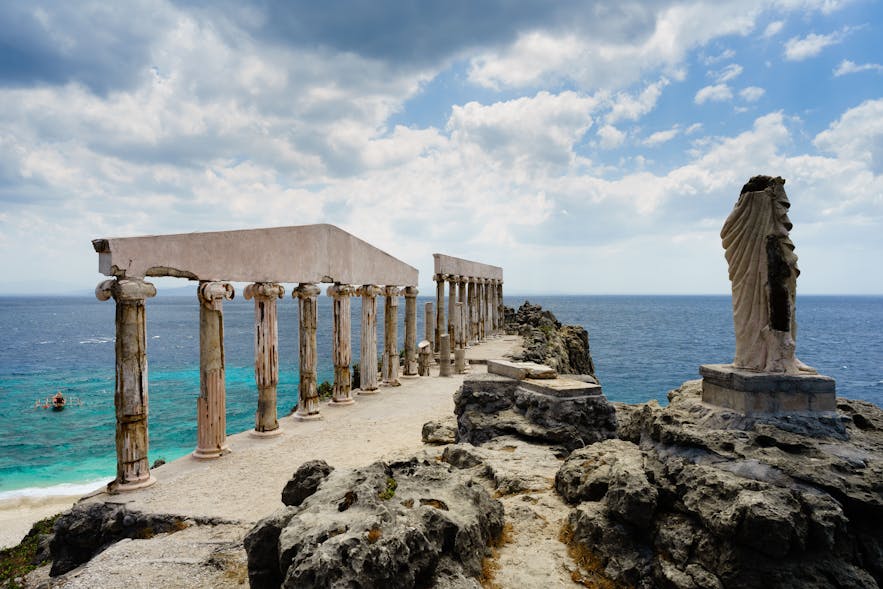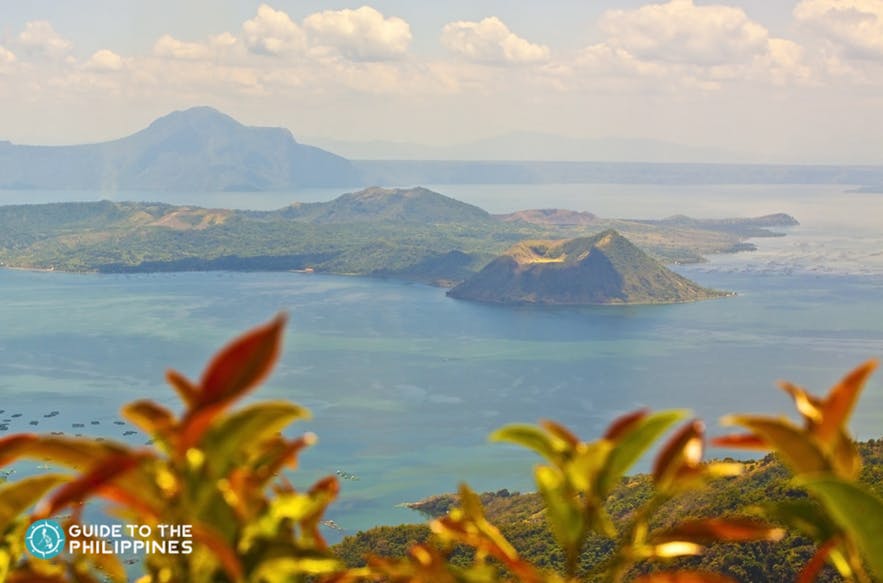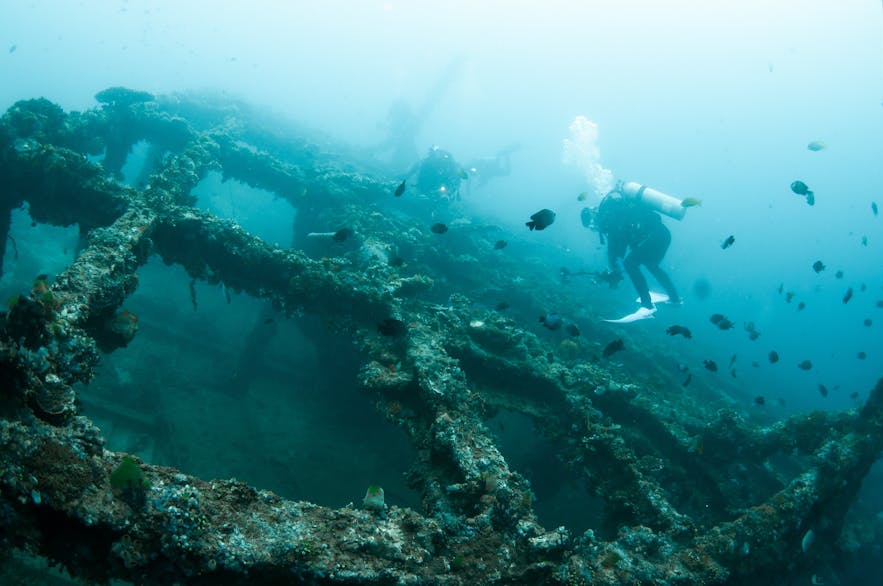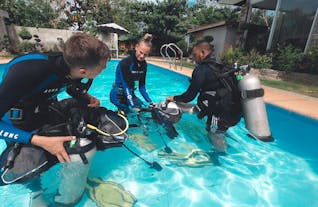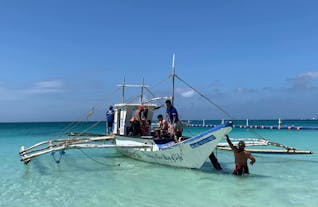The tour duration is 1.5 hours. The tour guide usually gives out snacks to participants and organizes fun games if there are children around.
Milea Bee Farm also offers vegetable picking to its guests. Aside from beekeeping, the farm also grows a variety of vegetables like tomatoes, cucumber, celery, and string beans.
11. Monte Maria Shrine
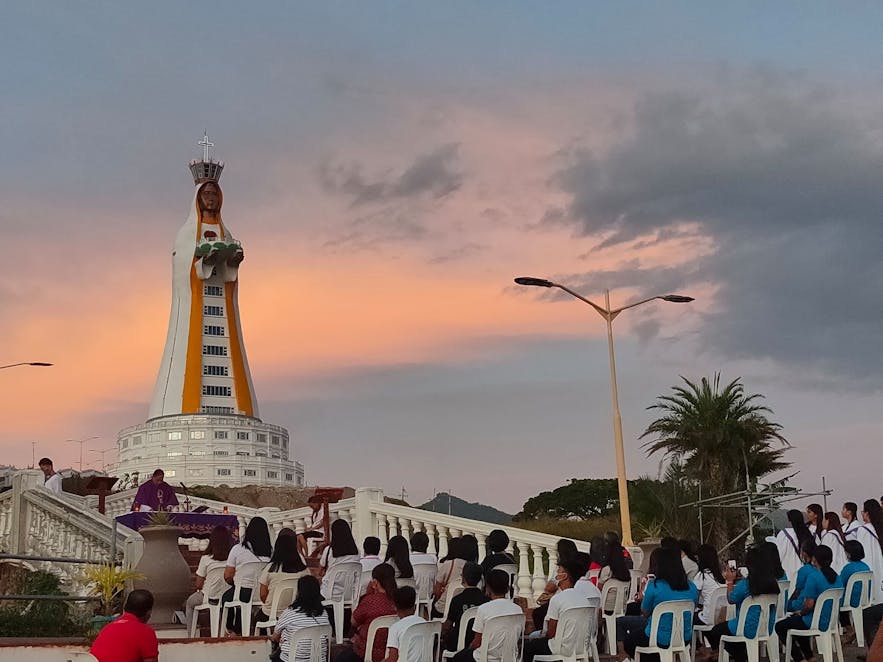 Photo by Montemaria International Pilgrimage and Conference Center
Photo by Montemaria International Pilgrimage and Conference Center
Monte Maria is not just a shrine but an international pilgrimage and conference center built in honor of the Virgin Mary. Formally known as Montemaria International Pilgrimage and Conference Center, the complex spans 8 hectares and is situated 20 kilometers outside of Batangas City.
Monte Maria is one of the top Batangas tourist spots because of its uniqueness. It is meant to be both a religious and tourism site. Although devotees and pilgrims are attracted to it, Monte Maria caters to regular tourists as well.
The main landmark of the center is the Virgin Mary Shrine, officially named Mother of All Asia-Tower of Peace. At over 98 meters, this tower is considered one of the tallest Virgin Mary statues in the world. It sits on the top of a plateau, about 148 meters above sea level. The tower overlooks Verde Island Passage, Batangas Bay, and parts of Oriental Mindoro.
Monte Maria houses two chapels, a restaurant, a souvenir shop, and impressive architectural designs. It is also a retreat and retirement center that has rooms and spaces for workshops and conferences. Monte Maria is about 20 kilometers away from Batangas City.
10. Caleruega Church

Caleruega Church is one of the most famous churches in Batangas. This property is perched on the highest hill of Nasugbu Town. Caleruega is named after a Spanish municipality.
Caleruega Church has beautiful architecture and a tranquil natural environment that makes it ideal for religious activities and spiritual retreats. In fact, it has become a well-known wedding venue.
Caleruega is not just a church but a retreat center surrounded by lush scenery. Its main building is called the Transfiguration Chapel. This chapel has a nice colonial design and a peaceful ambiance. This is the most photographed part of the property and where most couples choose to wed.
Aside from the main building, you can visit the other interesting sections of the complex during your visit. Some of these are the Fountain Compass, the Tent Chapel of Transfiguration, St. Dominic’s Point, Kampo Terraces and Amphitheater, and the Dominicum’s grand stairway. Caleruega’s outdoor area also features a koi pond, a Japanese garden, plant nursery, a worm farm, a hanging bridge, and various walkways.
You can visit Caleruega Church on a day trip and spend a couple of hours exploring the property. However, since it’s also a retreat center, Caleruega is equipped with cottages, large halls, and a campsite to accommodate guests who wish to stay overnight.
9.Fantasy World
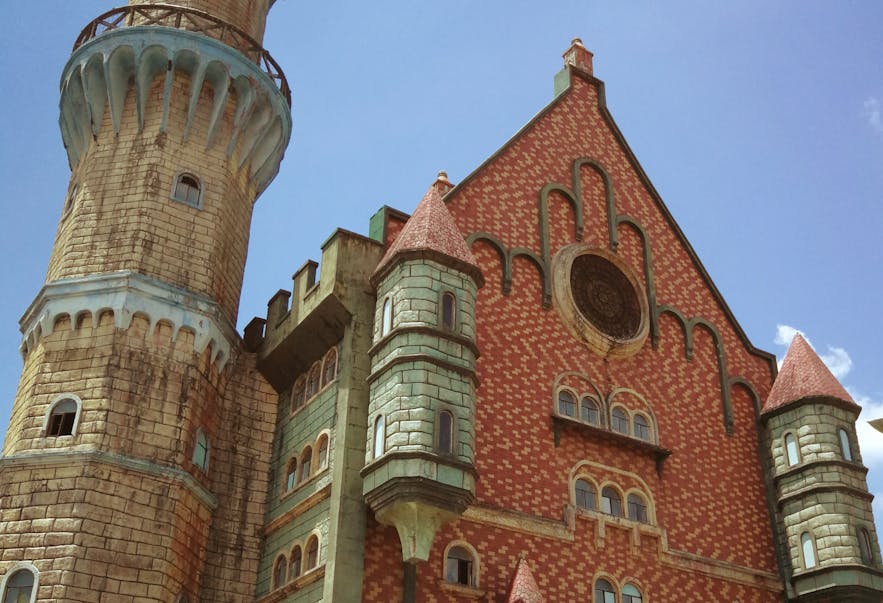
Fantasy World was meant to be the Philippine version of Disneyland. It’s supposed to be the largest and grandest theme park in the country. However, this ambitious project has remained unfinished. Fantasy World has never opened as a theme park. According to local stories and rumors, the Japanese owner had financial problems and, therefore, stopped the construction years ago.
Despite being a failed project, Fantasy World is still a favorite Batangas tourist spot and a frequent filming location. Its large fairytale castle, medieval-themed structures, and sad story have managed to attract many tourists.
You can still access Fantasy World if you pay the minimal entrance fee. But it’s not a functional theme park, so there are no rides or shows. With its intact medieval architecture and lush surroundings, Fantasy World is still very scenic.
While here, you can walk around, enter the fairytale-like buildings and take photos. One popular spot in the abandoned park is the hanging bridge connected to two treehouses. You can climb to the top of the treehouses and enjoy the views of Batangas, including the Taal Volcano.
Fantasy World is located along Diokno Highway in Lemery, Batangas. A local homeowners association is managing and operating the property.
8. Taal Basilica

Taal Basilica’s official name is Basilica of St. Martin de Tours. It stands on top of a hill at the center of Taal Town. This basilica is huge; it is 96 meters high and 45 meters wide. It is often referred to as the largest Catholic Church in Asia.
Taal Basilica was reconstructed several times in the 19th century. Its Baroque appearance today is attributed to architect Luciano Oliver, who redesigned the church in 1856.
The church’s main draws are its silver tabernacle and facade, which is comparable to the one at St. Peter’s Basilica in Rome. Taal Basilica’s 26 classical columns at the entrance are indeed an impressive sight!
Taal Basilica is a popular wedding site and a favorite destination of devotees during the Catholic Lenten season.
When you enter, the basilica’s altar size will immediately impress you. This altar is 10 meters wide, 24 meters high, and lined with Doric columns with a Jesus Christ statue at the center.
Taal Basilica is the main building in Taal Park, which has other notable landmarks like the Rizal College and the Escuela Pia: Taal Heritage Center.
7. Sombrero Island
Sombrero Island is one of the most visited islands in Batangas. From afar, the island looks like a dark hat jutting from the sea. Hence, it's named "sombrero," which means 'hat' in Spanish. The island is one of the best spots to snorkel in Batangas. It also has a beach composed of white sand and crushed shells.
Sombrero Island is located off the coast of Anilao. Visitors usually take a boat tour to reach the island from Anilao’s shoreline. The boat ride from the mainland takes about 15 to 20 minutes. However, travel time may vary depending on sea conditions.
You need to pay a fee to enter Sombrero Island. Aside from snorkeling, you can swim and have a picnic on the beach. You can also walk around the island. It is small enough that it will only take less than an hour to explore it.
Sombrero Island is uninhabited and has no hotels, shops, or tourist infrastructure around. Overnight stays are not allowed. You must bring your own food and drinks but make sure to clean up after and take your trash with you.
6.Mt. Maculot
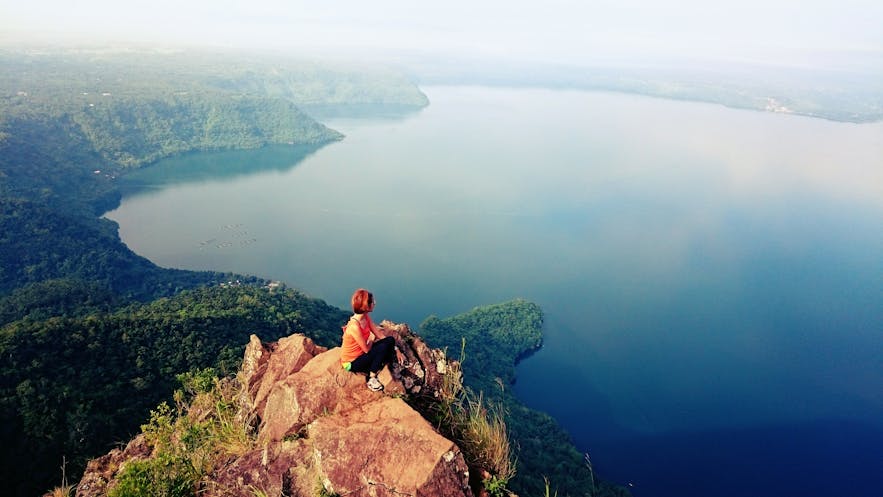
Mt. Maculot is one of the most well-known hiking spots in the Philippines. This mountain stands at 930 meters above sea level. The hike to the summit is rated 4/9 in difficulty level. Even though some parts of the mountain trail are slippery, steep, and muddy, a reasonably physically fit person can do the trek.
Trekking to the top of Mt. Maculot usually takes about 5 to 6 hours. Some hikers start the climb before dawn to maximize sunrise views.
Mt. Maculot is situated in Barangay Cuenca, Batangas. Before trekking, you will need to pay a fee and register with the local authorities. You also need to hire a trained guide to ensure a safe journey.







